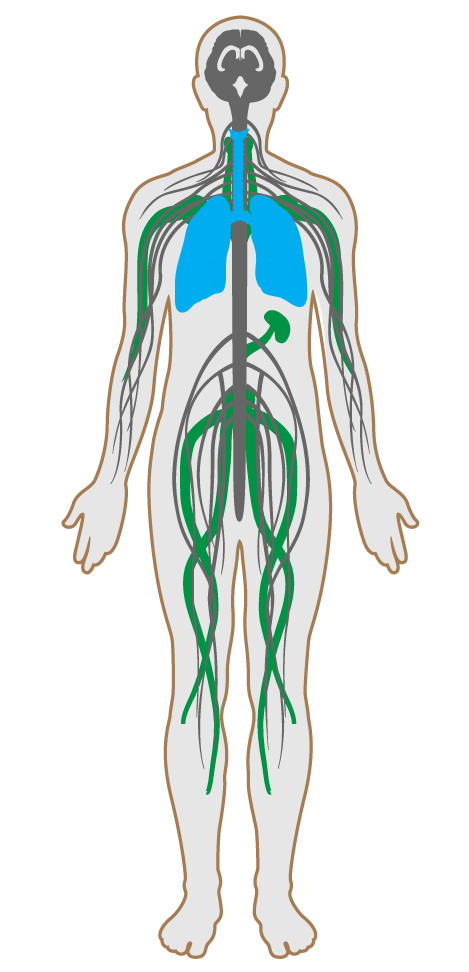Individual thermal control
Features/Comfort/Feature 82
- 72 Accessible design
- 73 Ergonomics: visual and physical
- 74 Exterior noise intrusion
- 75 Internally generated noise
- 76 Thermal comfort
- 77 Olfactory comfort
- 78 Reverberation time
- 79 Sound masking
- 80 Sound reducing surfaces
- 81 Sound barriers
- 82 Individual thermal control
- 83 Radiant thermal comfort
- P4 Impact reducing flooring
Individual thermal control
Intent:
To maximize and personalize thermal comfort among all occupants.
BACKGROUND
Thermal comfort preferences are highly individual, and can be affected by metabolism, body type and clothing. These factors make it nearly impossible to find a temperature that will satisfy all occupants in the same space at the same time. Providing areas with different thermal gradients, as well as individual thermal comfort devices can ensure that building occupants can choose areas with temperatures that best fit their thermal preferences (termed “free address”).
Projects over 200 m² [2,150 ft²] meet the following free address requirement:
a.
The building provides a thermal gradient of at least 3 °C [5 °F] across open workspaces and between rooms or floors.
b.
All open office spaces with occupants performing tasks that require similar workstations allow for at least 50% free address to allow occupants to select a work space with a desired temperature.

